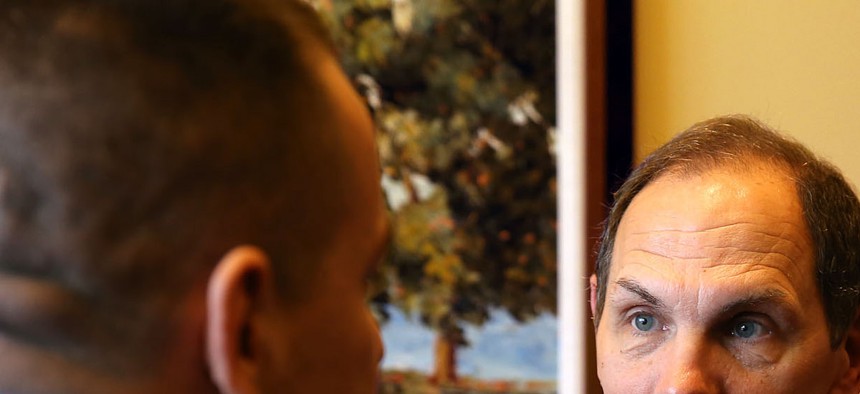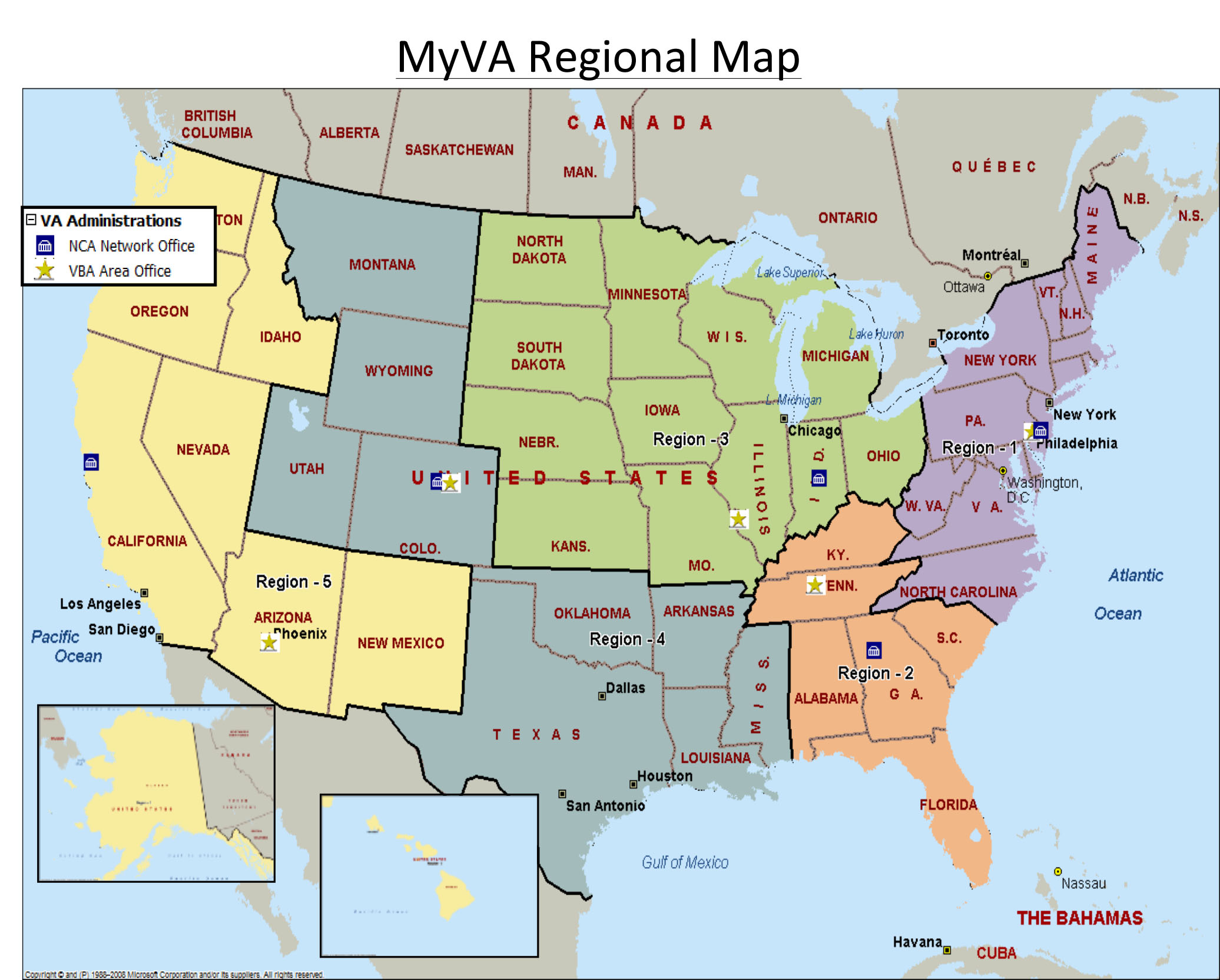
Sec. Bob McDonald visits the Audie Murphy VA Medical Center in San Antonio, January 9, 2015. VA
VA Announces Major Department Realignment
By June 30, the Veterans Affairs Department plans to streamline its fragmented bureaucracy into a single, five-region national framework. By Kellie Lunney
The Veterans Affairs Department is reorganizing its labyrinthine structure into a single, five-region national framework as part of a large-scale effort to improve services to veterans and reduce an entrenched bureaucracy responsible for mismanagement throughout the organization.
The realignment would integrate the different geographical and organizational boundaries that exist across the department’s agencies and offices—including those that administer benefits, health and burial services—into five regions across the country. It’s a major undertaking that requires each part of the department to rework its structure to fit into the new “organizational map” by June 30, 2015.
“The regions, when complete and fully mature, will allow us to create a more cohesive and singular department from the veteran perspective,” said Scott Blackburn, director of the MyVA program management office in the department. “VA components will have better internal coordination and the ability to leverage shared services and experiences.” Blackburn said the realignment also would help the department offer enhanced training to employees across VA to better serve vets, as well as improve coordination and communication among workers.
(Related: Report Finds VA's Monitoring System is Not Doing Its Job)
The current VA structure varies widely among the agencies and internal offices within the department. For instance, the Veterans Benefits Administration, which oversees benefits including compensation, home loans and education, is made up of four regions. The Veterans Health Administration has 152 medical centers within 23 Veterans Integrated Service Networks throughout the country. The National Cemetery Administration has five Memorial Service Networks and a central office. Several internal staff offices, including public affairs offices and information technology, have their own structures and are sprinkled across the United States.
“A lot of the whole point [of the realignment] is to internally sync up our structures for better coordination and more efficient operations,” Blackburn said during a Monday conference call with reporters. Bob Snyder, executive director of the MyVA program management office, said VBA, VHA, and NCA led the discussion on the realignment, settling on five regions after considering other options.

Practically speaking, however, the impact of this change on vets and employees at this point is not yet clear. But slashing VA jobs isn’t part of the plan to streamline the enterprise, Snyder said.
“This [realignment] is not about losing jobs,” Snyder said, responding to a reporter’s question. “There’s more than enough work to do across the VA that we need everybody we’ve got, and then some. Depending on what analysis you look at, we’ve got significant shortages in many of our specialties. This is not about cutting jobs.” Snyder added that the department is conducting “a thorough analysis of the positions we have.”
Both Snyder and Blackburn reiterated throughout the press briefing that the announcement was a “first step” in a long process, and that more analysis is necessary before a final plan is implemented.
“We want to make sure we are communicating early, often and honestly,” Blackburn said, responding to reporters’ confusion over the practical effects of the realignment, and officials’ inability to offer specific details right now. Blackburn said the VA would continue to share information about the plan as it unfolds.
The department’s organizational realignment is part of what officials are touting as the largest reorganization in the VA’s history, sparked by last year’s scandal involving excessive patient wait times and the falsification of appointment scheduling records. As Secretary Bob McDonald said when he officially announced the reorganization in November, the goals is for vets to “know who to contact, know where to go on the websites, know what benefits are available” so that they can “easily connect with us to get the benefits and the services that they’ve already earned and deserved.”
The “MyVA” approach is designed to rebuild trust with vets, employees and the public. It revolves around five main areas: improving the veteran experience; improving the employee experience so they can better serve veterans; improving internal support services, such as human resources and financial management; establishing a culture of continuous improvement; and enhancing strategic partnerships.


